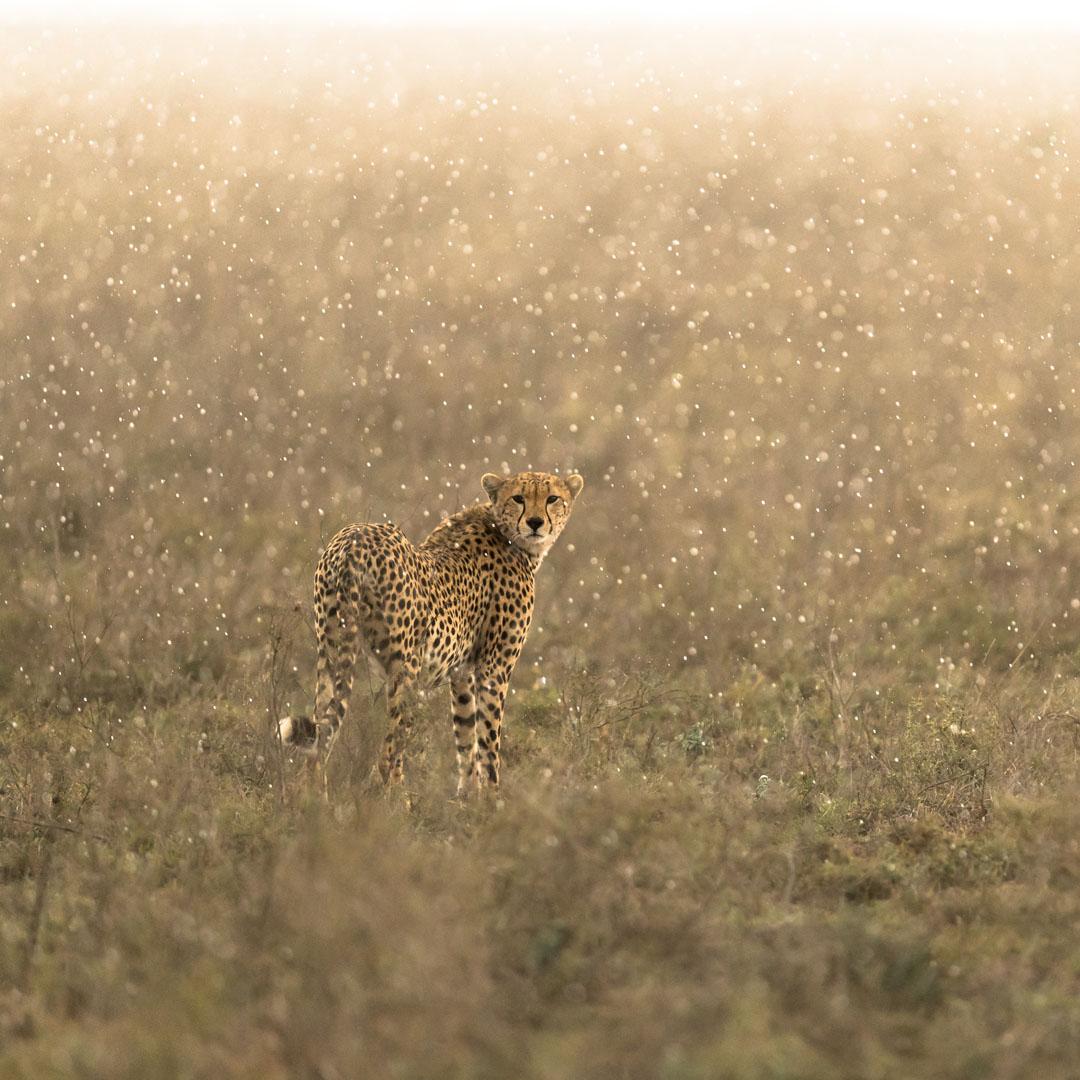This week's focus: George Turner

The natural world has always been a passion for British wildlife and travel photographer George Turner. Born and bred in the Dorset countryside, Turner enjoyed a short career in advertising before he made the leap into the world of wildlife photography. Also known as George "The Explorer", Turner has photographed some of the world's most incredible animals with his projects becoming increasingly focused on, as he says: "Creating change, that is, telling the stories that really matter."
George takes over our Instagram feed for this week (August 25 to 31) with some of his most charming wildlife images. We caught up with George to discover more about his photographic practice.
You've just come back from being up on Mull photographing Eurasian otters, how was it? Do you have a particular idea in mind for this project?
The Isle of Mull is an absolute wildlife paradise; there are Eurasian otters, white-tailed eagles, golden eagles, grey seals, and endless amounts of migratory birds! Some of the encounters I had there will stay with me forever.
This particular assignment was in partnership with Adobe Lightroom, taking viewers from the moment of capturing an image all the way through the final edit. I’ve done this before [with Lightroom] in Kenya — it’s a brilliantly fun and engaging way to make wildlife photography feel more attainable.
Before you were photographing the world's most stunning locations and wildlife, you headed up successful social campaigns for leading brands. What three top tips would you give emerging photographers when marketing themselves online?
Having your own ‘brand’ and style helps an enormous amount. Don’t seek what that style *should* be but instead, interrogate your own approach and thinking and move forward from there.
Then, identify the problem that your work is solving. Is it art to hang on walls? Photojournalism for magazines? Images for conservation campaigns? Look around to see what your peers and inspirations are doing, then improve on it!
And finally, network! I know, it’s a pretty cringe-worthy word but the beauty of 2019 is that so much networking can happen digitally. Figure out where you can complement others’ work (and vice versa), find potential clients…the list is endless!
Your posts on Instagram always have high engagement, one of your images was even shared by Leonardo DiCaprio! What has this social platform taught you about your work?
I’ve only ever shared the images and corresponding stories that I truly care about; whether that’s the tale of Singapore’s smooth-coated otters or the western lowland gorillas of the Congo Basin. The truth is that people ‘follow’ you for your approach and style. If you [the photographer] stay true to yourself - and don’t just share the ‘like-worthy’ images - the appreciation will only increase.
Additionally to the above, it’s shown me that the majority of people are inherently good. Through various pieces I’ve shared on social media, lots of awareness (and money!) has been raised for various conservation/wildlife charities. While it’s easy to focus on the negatives of social media - of which there are plenty - I choose to celebrate the best parts.
Your passion for wildlife clearly comes across in your work; do you have a memorable encounter with a particular subject you'd like to share?
In May of this year I spent nine days in Singapore, following a family of smooth-coated otters through the metropolis. There wasn’t one particular moment that stands out but moreover, the experience as a whole.
At first, the family (15 of them!) were wary of my presence and I kept an extremely healthy distance. In the coming days, they fully accepted me, fishing just centimetres away from my feet, napping near me, you name it. The lead female even tried to give me a half-eaten fish on my final morning — perhaps a leaving present!
You studied English Literature at university. Do books influence your photography? Or do you have any other creative influences?
My degree has certainly helped me create narratives around my work; words help bring the viewer closer, giving them a greater understanding of context and importance.
Books absolutely influence my photography, primarily non-fiction. I’m a big fan of The Shark and the Albatross by the incredibly talented wildlife filmmaker John Aitchison — I must’ve read it about four or fives times now. Competition portfolios are also a massive source of inspiration, seeing peers push the boundaries of creative possibilities with every passing year.
In your insightful Opinion piece on BBC Earth Celebrating the Death of a Poacher you conclude the piece with 'Humans and wildlife can work together in a perfect symbiosis, each benefitting from the presence of the other. It’s how it once was… and how it should be.' What are some of the ways we can live in harmony with wildlife on a local scale?
In terms of a local scale, I can comment on what you can do in Europe, as that's where I'm based, and there are plenty of things you can be doing. On a very local scale, that could be creating things like ‘hedgehog corridors’ in your garden, putting swift boxes on the side of your house, leaving food out for birds during harsh winters, and so on.
On a community level, there are slightly larger initiatives to support. Some examples happening in the UK right now include the re-wilding of lynx in northern England, the reintroduction of white-tailed eagles to the Isle of Wight and lobbying local government to create more green spaces.
Conservation-related conversation is becoming ever-increasingly more mainstream, which heartens me greatly. It’s at the front of our collective consciousness’ and it’s my belief that that’ll only continue to increase!
Take a look at George's takeover here.
Enjoy George's full portfolio here.







